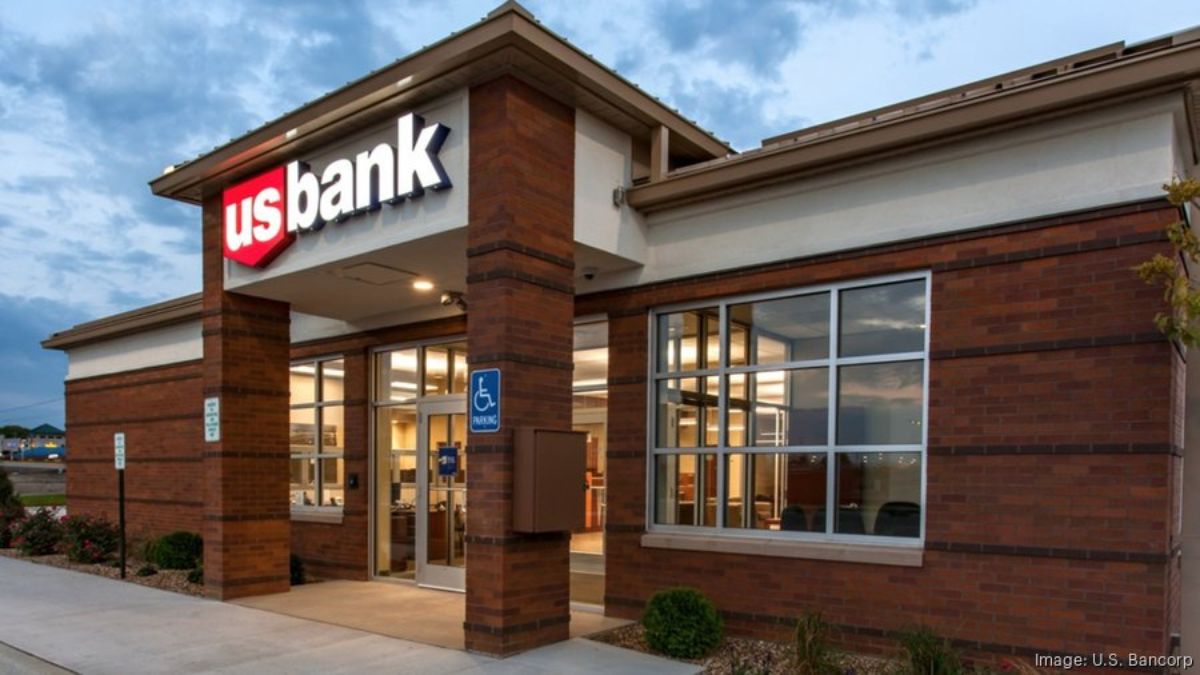In a major move that reflects the accelerating shift toward digital banking, U.S. Bank is preparing to close 40 of its physical branches across 16 states later this year. The closures, recently disclosed in a bulletin from the Office of the Comptroller of the Currency (OCC), highlight how traditional in-person banking continues to decline as customers embrace mobile apps, online platforms, and ATMs.
The decision is part of a broader strategy to modernize operations and focus resources on digital innovation. But for many communities, the closures also mark the end of long-standing neighborhood banking hubs.
Why These Closures Are Happening
The decline in physical banking traffic has been steady for years. With 24/7 access to accounts via digital platforms, consumers now deposit checks, transfer money, and pay bills without needing to step into a branch.
For banks like U.S. Bank, maintaining underused physical branches is costly. Closing them allows the institution to cut expenses and reinvest in technology, ensuring that customers continue to receive efficient and modern services.
While this shift aligns with industry-wide trends, it presents challenges for those who prefer face-to-face financial services, particularly older customers and residents of smaller towns.
Full List of U.S. Bank Branches Scheduled to Close
Here is the complete breakdown of branches slated to close across 16 states:
California
- 989 Avenida Pico, San Clemente
- 2207 Francisco Drive, El Dorado Hills
- 429 Santa Monica Boulevard, Suite 101, Santa Monica
- 2227 South Shore Center, Alameda
- 2955 Alpine Boulevard, Alpine
- Castro Street, San Francisco
- 2200 Mission College Boulevard, Santa Clara
Idaho
- 672 Washington, Montpelier
- South State Street, Preston
- 197 West Prairie Avenue, Hayden Lake
- 6560 South Federal Way, Boise
- 9 South Ash Street, Blackfoot
- 333 Michigan Avenue, Orofino
Illinois
- 118 S Front St, Cobden
- 5201 W Madison Street, Chicago
Iowa
- 303 Euclid Avenue, Des Moines
Kansas
- 306 N Broadway St, Pittsburg
Kentucky
- Main Street, Loretto
Minnesota
- 7601 Penn Avenue South, Richfield
Missouri
- 317 West Main Street, Bowling Green
- 231 South Market, Memphis
- 100 N Western St, Mexico
- 9717 North Avenue, Kansas City
Nevada
- 5150 Mae Anne, Reno
New Mexico
- 400 West 1st Street, Portales
Ohio
- 6388 Branch Hill Guinea Pike, Loveland
- 819 Wheeling Avenue, Cambridge
- 10 West Broad Street, Columbus
- US 23 & S.R. 348, Lucasville
- 1500 Hillcrest Avenue, Springfield
Oregon
- 1285 Virginia Avenue, North Bend
- 4550 N. Interstate Avenue, Portland
South Dakota
- 103 South Main Street, Hartford
Utah
- 1090 N. 500 East, North Salt Lake
Washington
- 4326 University Way NE, Seattle
- 2401 Utah Ave. S, Suite 105, Seattle
Wisconsin
- 138 N Main Street, Rice Lake
- 10200 West Bluemound Road, Wauwatosa
- 2525 Wisconsin Avenue, Milwaukee
Wyoming
- 748 Main Street, Evanston
Many of these branches have operated for decades, providing essential financial services to local communities. Their closures reflect how the banking map of America is being reshaped by digital adoption.
Other Banks Following a Similar Path
U.S. Bank is far from alone. Bank of America, for example, has also closed numerous branches across the country. However, it is simultaneously opening 165 new financial centers in 63 markets by 2026, showing a trend of consolidating locations while strategically expanding in areas with high demand.
This illustrates the dual strategy of contraction and expansion: banks close underused branches but continue to invest in regions with strong growth potential.
What Customers Should Expect
Despite physical closures, U.S. Bank emphasizes that its digital services remain fully available. Customers can still:
- Access funds and manage accounts via mobile apps.
- Use ATMs across the country for cash withdrawals and deposits.
- Visit remaining physical branches for in-person banking needs.
For those impacted, the bank recommends checking the U.S. Bank mobile app and website to locate the nearest active branch and update account settings to ensure seamless service.
Older customers or those less comfortable with technology may need to adjust, but U.S. Bank has pledged to improve customer education and support during the transition.
FAQs
1. Why is U.S. Bank closing 40 branches in 2025?
Because customer demand for in-person banking has declined sharply as more people use mobile apps and digital platforms.
2. Which states will be most affected by closures?
California, Idaho, Ohio, and Missouri are among the hardest hit, with multiple branches set to close.
3. Will U.S. Bank still offer in-person services?
Yes. While some branches are closing, many will remain operational, and ATMs will still provide core banking functions.
4. How can customers prepare for the closures?
Customers should update their U.S. Bank app, check nearby active branches, and set up direct deposit and digital account tools for smooth banking.
5. Are other banks also closing branches?
Yes. Major banks like Bank of America are also reducing physical branches but are opening new centers in select regions.











